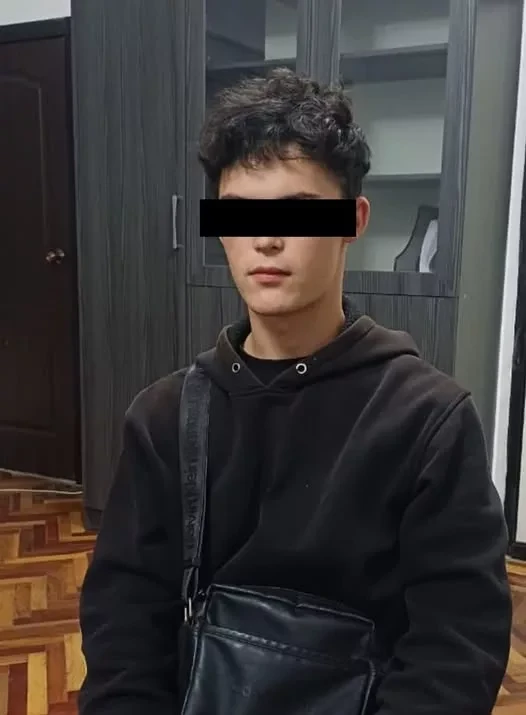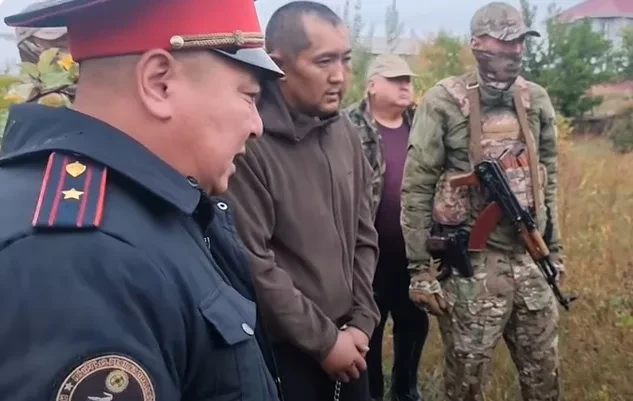Excavations by F. V. Poyarkov at the Burana Settlement
In the late 19th century, Semirechye attracted the attention of several all-Russian archaeological organizations due to unexpected discoveries. In the summer of 1885, land surveyor V. A. Andreyev, who was working on mapping the cultural lands of Jetysu, a prominent local historian fluent in several local languages and the author of several literary and ethnographic works, including translations of folk works from Uzbek and Tajik, discovered a large medieval Christian cemetery in the vicinity of Pishpek, containing numerous grave stones with decorative crosses, “anchors,” and inscriptions in an unknown language. A few days later, a similar cemetery with analogous grave stones was discovered by physician F. V. Poyarkov 1.5 versts south of the Burana minaret, closer to the Alexandrovsky ridge. The first information about this was published in the press by F. V. Poyarkov (a report through the editorial office of the newspaper "Vostochnoe Obozrenie," published in issue No. 44 for 1885 on November 14). In it, he wrote that “14 versts from the village of Bolshoi Tokmak, in the middle of an abandoned fortress (i.e., the Burana settlement. — M. M.) stands a tall tower made of beautiful burnt brick, partially destroyed by time, and partly dismantled by local residents, as well as the surrounding structures, the ruins of which are visible on the surface of the earth. The locals do not know who built the fortress and the tower. The tower itself is good in technical and architectural terms, and it is a pity that it may soon completely collapse.”
F. V. Poyarkov found more than 20 stones with images of crosses and inscriptions in an unknown language in three locations. The crosses were present on all the stones, while inscriptions were absent on some. One stone had an image resembling a Russian "roller" used for threshing grain. Later, F. V. Poyarkov conducted small exploratory archaeological excavations at the Burana settlement. In close proximity to the tower, he discovered traces of monumental brick structures surrounding it, with remnants of Muslim burials.
The deciphering in St. Petersburg of the inscriptions on the stones with crosses from the vicinity of Pishpek and Burana, which represent Nestorian epitaphs, sparked increased interest in the local cemeteries among the scientific circles of the capital and Moscow. With intensified searches for new similar objects, several grave stones with Arabic inscriptions were found. Inspired by his discoveries, F. V. Poyarkov planned to start more detailed explorations at his own expense the following year, but the then-capital archaeological commission entrusted the study of both Semirechye cemeteries in 1886 to the senior official of special assignments under the Semirechye military governor N. N. Pantusov. He, in turn, entrusted the actual conduct of archaeological excavations to the scientific gardener of the Pishpek state garden A. M. Fetisov. The work was mainly focused on the cemetery near Pishpek. A total of 611 grave stones were registered on the surface of this cemetery. A. M. Fetisov excavated 85 graves here, while 34 graves were excavated at the cemetery near Burana.
From the report submitted by N. N. Pantusov to the Archaeological Commission and his brief message to the Russian Archaeological Society, it is evident that the author was only interested in general questions about the burial practices of the Jetysu Nestorians, regardless of which cemetery a particular grave was located in. Therefore, it is difficult to establish which of the findings should be attributed to the burials at Burana. Apparently, the types of burials were more or less common in the main features at both cemeteries. The deceased were placed either in special containers at the bottom of solitary or family graves at a depth of about two meters (or even less) from the surface of the earth, or in side niches. The body was placed with the head to the west, feet to the east, face to the north or upwards, and then covered with earth. The sides of the grave were lined with raw bricks or boards, and the burial was covered with a relieving arch made of two inclined raw bricks. In some cases, the head was either placed in a special niche or covered with a millstone. The grave was filled to the top with earth, and the surface was covered with burnt bricks. Remnants of decayed clothing, copper bracelets, perforated shells, beads, rings, and earrings, mostly made of a copper-silver alloy, were found on the skeletons. Six pairs of earrings were gold. At the cemetery from Burana, a cross was found on the cervical vertebrae of one of the deceased.















































